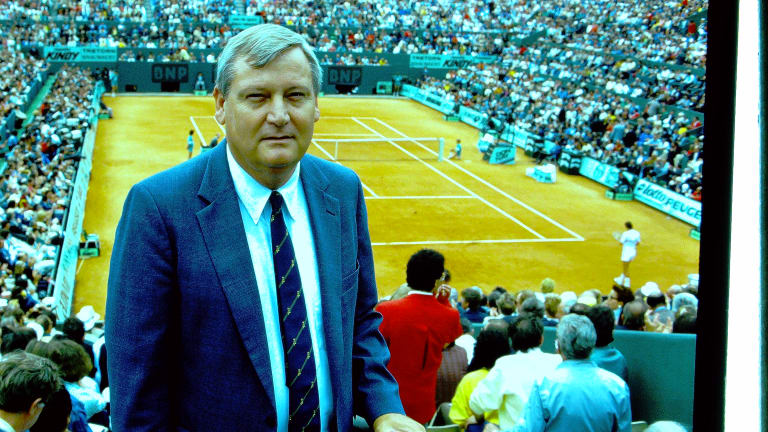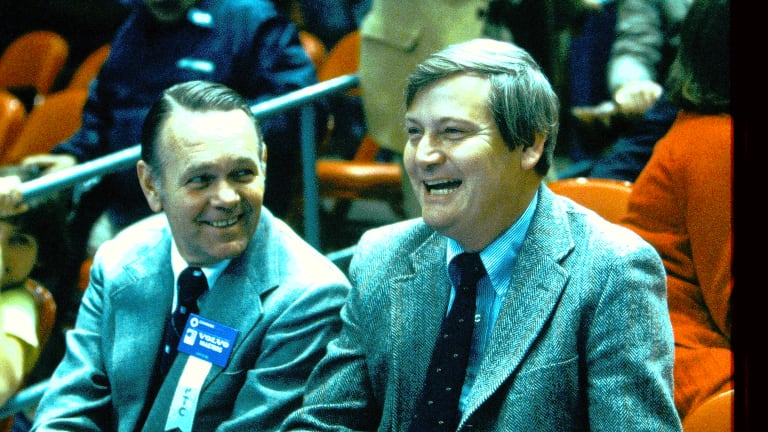Tennis is not up against itself. Tennis is against soccer, baseball, basketball, football and all other sports and entertainment.
The Business of Tennis
The Tennis Conversation: Marshall Happer, the closest the sport has ever had to a commissioner
By Sep 30, 2022The Business of Tennis
Charleston Open will pay women same as men starting in 2026
By Apr 06, 2025The Business of Tennis
Top ATP, WTA players pen letter to Grand Slams seeking greater share of revenue
By Apr 04, 2025The Business of Tennis
Chairman Andrea Gaudenzi will take over as interim ATP CEO after Massimo Calvelli departs
By Apr 04, 2025The Business of Tennis
Novak Djokovic, Coco Gauff and other players ask Grand Slam tournaments for more money and more say
By Apr 03, 2025The Business of Tennis
Wimbledon plans to upgrade the fans' favorite hill for 150th anniversary
By Apr 03, 2025The Business of Tennis
Tennis star Coco Gauff launches own management firm
By Apr 03, 2025The Business of Tennis
Carlos Alcaraz doesn't support the lawsuit from tennis players' group Novak Djokovic founded
By Mar 19, 2025The Business of Tennis
Why did Novak Djokovic's players' association sue the groups that run tennis, and what do they want?
By Mar 19, 2025The Business of Tennis
PTPA, a players' group founded by Novak Djokovic, files antitrust suit against tennis organizers
By Mar 18, 2025The Business of Tennis
The Tennis Conversation: Marshall Happer, the closest the sport has ever had to a commissioner
Catching up with one of the most influential leaders in professional tennis, who headed the Men's Tennis Council and later became USTA Executive Director.
Published Sep 30, 2022
Advertising

"It took a number of years for tennis to mature as a professional sport and in lots of ways it is still maturing as it competes with all the other sports for talented athletes and fans," writes Happer (pictured above at the 1987 French Open) in his preface. At over 800 pages in length, the book is a must for a tennis historian.
Advertising

Happer's magnum opus chronicles the growth of men's tennis through the perspectives, achievements and tribulations of the Pioneers of the Game—"the relatively small number of people who created the format and governance for the development of men's professional tennis from 1926 to 1989." He also ranks the Pioneers, and while "every time I look at my list, I change my ranking numbers," he writes, there is an undisputed No. 1: Jack Kramer. (Pictured at left, with Happer.) "Jack is without doubt the most important person and contributor in the history of men’s professional tennis," writes Happer.